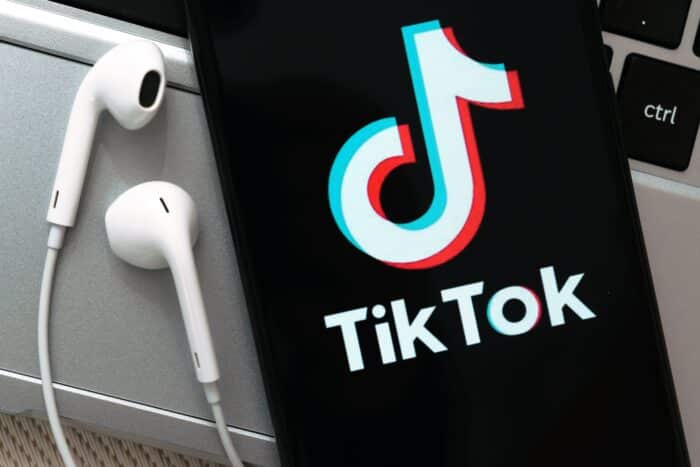
Halfway between a social network and a photo sharing app, Pinterest attracts more and more users every day. The platform’s inspiring and visually appealing qualities are a real gold mine for brands, and users turn to Pinterest in their droves before making purchasing decisions. In particular, the Pinterest Shopping option is increasingly attracting online sellers.
Pinterest in a few key figures
Growth and demographics
In 2021, the social network of inspiring photos is still experiencing strong growth. At the end of 2020, the number of monthly active users stood at 416 million, compared to 322 million the previous year; an increase of almost 30%. This is global data. [1]
As for the distribution by age group, it’s rather balanced, although 20-40 year olds make up the majority of users.
If we now look at the distribution by country, we get an interesting surprise: France is in 3rd place, with 12 million monthly active users. The two countries with the most users are, in order, the United States and Germany.
Users who come to shop
What interests brands is not so much the number of Pinterest users as their purchasing power, and their propensity to buy online.
With this in mind, and compared to other social networks, Pinterest is one of the most promising platforms.
After all, the platform is mainly used as a mood and inspiration board, where users pin items for future purchases.
The figures speak for themselves:
- Compared to the average for other social networks, Pinterest users are four times more likely to say they are always in the process of shopping.
- As for their monthly expenditure, it’s 30% higher than that of other internet users.
- Finally, the average basket value of Pinterest followers is 30% higher than that of users of other platforms [2]
All this makes Pinterest THE social network for online shopping. It allows you to speak to an audience that is already in a purchasing frame of mind, which is generally conducive to very good conversion rates.
It is, however, important to mention that Pinterest is more suitable for some industries than others. The most popular categories on the platform include: fashion, beauty, decoration, DIY, cooking, and travel.
Use Pinterest Shopping to boost your online sales
Turning your products into Product Pins
To increase your sales with Pinterest, you can start by turning your catalogue into Product Pins by using the Ads Manager. You can set up a tracking tag on your site that enables you to monitor conversion rates and optimise your campaigns (ads, retargeting).
Ads appear directly within users’ boards, which include a “Shop” section related to the theme of the board.
Create your Pinterest store from Shopify
Great news if you use Shopify for your online store! As of last year, you can associate Shopify with your Pinterest account, meaning users can browse your products directly on the social network. This option includes an automatic tracking tag setting.
As soon as your product catalogue is imported, your merchant profile becomes a shopfront – a veritable Pinterest “store” that allows users to buy products from your profile.
Other options for merchants
Among the other interesting options for e-merchants are “Shopping Spotlights”. Launched in 2020, this feature shows users product selections chosen by fashion and lifestyle influencers.
Finally, another way to increase your sales through Pinterest is to take advantage of its Verified Merchant program. Also available in France since 2020, this programme establishes a relationship of trust between your store and Pinterest users. This is a significant asset from a customer loyalty perspective.
Linking your Pinterest account to your Shopify catalogue
As we’ve seen, Pinterest Shopping offers various options that can prove to be very interesting tools for boosting your online sales. To make things easier for you, Pinterest and Shopify have set up an application that allows online sellers to import all their product catalogues to the social network.
All you have to do is go to the Shopify App Store to download the Pinterest app, which offers the following features:
Download catalogues
- Setting up the Pinterest tag on your site
- Automatic catalogue updates, so you don’t have to manually import products
- Interface to buy Pinterest ads directly
With this add-on, Shopify and Pinterest are automatically linked, saving online retailers valuable time.
What’s more, products integrated through the app are all gathered in the Shopping tab of the merchant’s profile, which acts as a Pinterest store.
There are so many advantages:
- The ability for users to start shopping directly on Pinterest
- The ability to discover relevant product Pins, from the homepage and other boards
The ability to save a product for future purchase
Between 2019 and 2020, the number of Pinterest users who interacted with at least one product Pin jumped 44%, according to figures released by the social network. As for traffic from product pins to online stores, it was multiplied by 2.3. Pinterest is therefore a very promising sales channel for brands, especially in fashion and lifestyle.
Are you looking for a good Pinterest Ads agency? Neads is by your side to help your sales take off! 🙂
—–
[1] Pinterest, 2021
[2] Dynata, France, Shopping in 2021 among monthly Pinterest users and users from other platforms in the Home category, April 2021






